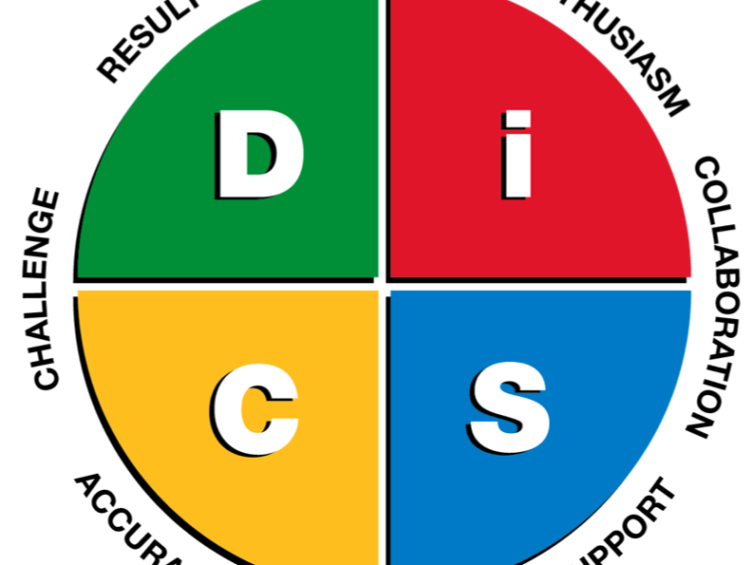Perception vs. Behavior
During one of my sessions last week, during a couple of sections where I had the group reading through some material, there was a gentleman who sat with his arms crossed as he stared across the room, not participating like the rest of the group.
My interpretation of his behavior was that he was angry, annoyed to be there, and that I was wasting his time. What I learned later was he forgot his reading glasses and wasn’t able to read without them. It was a classic example of how we misinterpret people’s behavior.
This example reminded me of a tool we discuss in DiSC Communication Styles. One of the powerful things, DiSC does, is takes our perception or interpretation of someone’s behavior and it helps us see that behavior as neutral, it’s simply behavior that isn’t right or wrong.
For example, I may interpret someone’s short, to-the-point comment to mean that person doesn’t like me, when in fact, it’s just a short, to-the-point comment.
For most of us, when we neutralize what we see by simply describing the behavior versus using our interpretation of the behavior, we are more effective with our teams. To neutralize what perceive or interpret, we need to describe the behavior as if we were looking at it through a camera.
By asking, what do I actually see?, I neutralize my interpretation. I see a man with his arms crossed, looking across the room. That’s way less personal than my interpretation of that behavior, which said he was angry and I was wasting his time.
My experience is given our individual communication styles, we can often move past slights that keep our teams from being effective through this very easy-to-apply tool.
Try it this week. What do you actually see vs. what do you interpret that behavior to mean?
Side note: DiSC Communication Styles is one of my favorite sessions, so if your teams haven’t done anything like this – they should! It’s a super powerful tool designed to help teams understand their own preferences and the preferences of others so everyone can communicate more effectively.
Keynote speaker, trainer, and consultant, Sarah Gibson, helps organizations leverage the power of communication, teamwork and diversity to improve engagement and transform teams. To buy her book or inquire about her speaking programs, please visit www.sarahjgibson.com.



